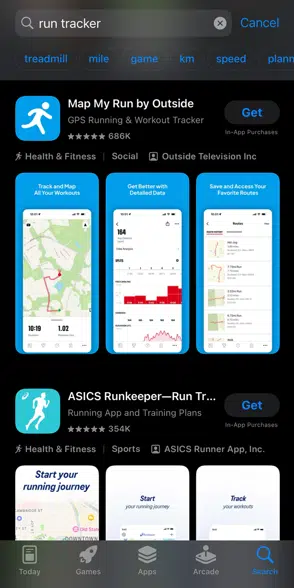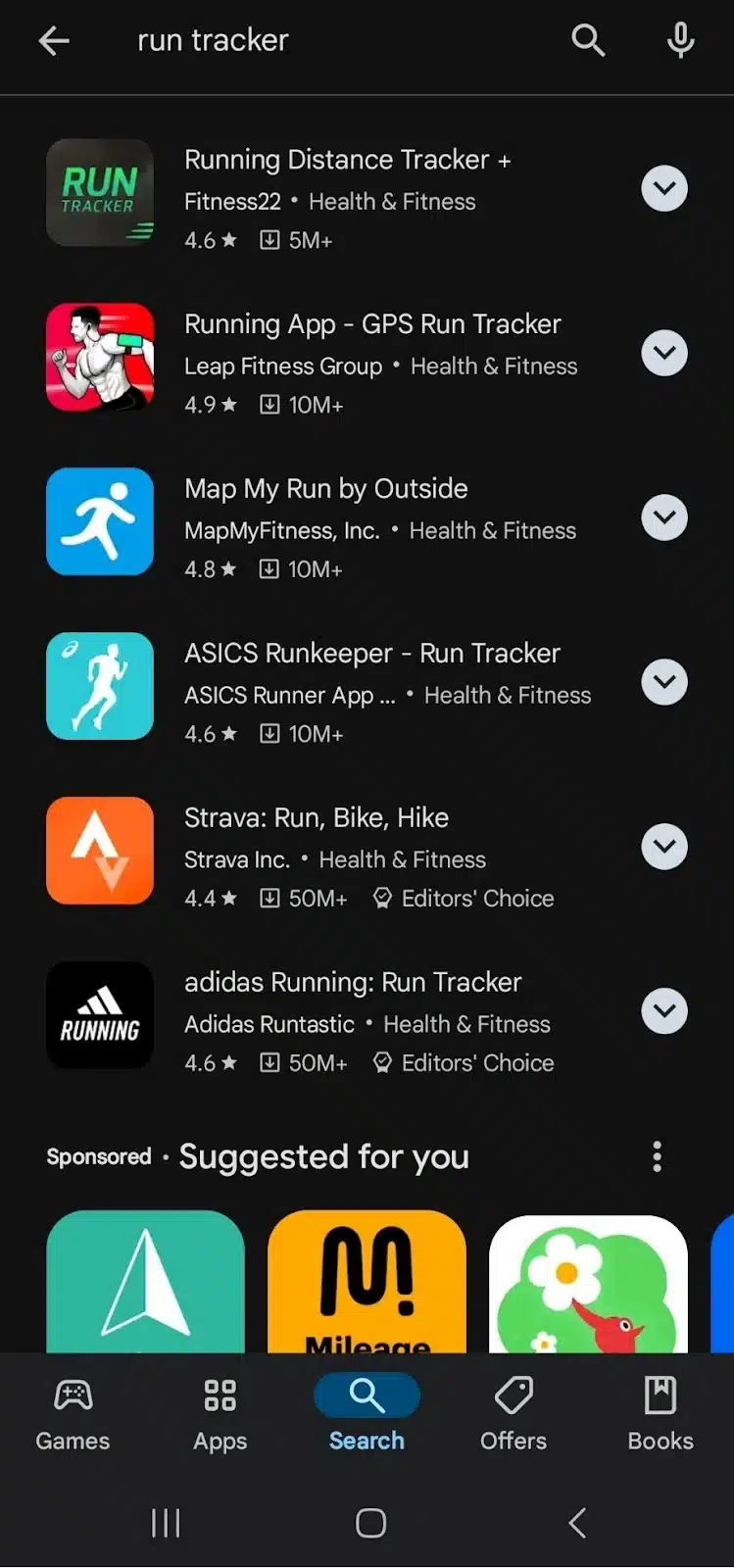App Store vs. Google Play: Tailoring your ASO strategy for maximum impact
App store optimization (ASO) is designed to help your app rank higher organically in app store search results, increasing its visibility and downloads.
However, just as SEO strategies differ for various search engines, ASO strategies must be tailored to the unique algorithms of each app store.
Many brands fall into the trap of assuming the same strategy will work for both Apple’s App Store and Google Play, but this approach often backfires.
For example, in the U.S., where iPhone usage dominates, some companies simply copy their App Store strategy over to Google Play.
This can result in missed opportunities, especially considering that Android users make up about 45% of the U.S. market, according to Statcounter.
Neglecting Google Play means losing out on a significant portion of potential users.
To help you navigate these differences and maximize your app’s success, this article explores the unique strategies and considerations for optimizing your app on each platform.
ASO for the App Store
When optimizing for Apple’s App Store, the focus should be less on keywords and more on visual storytelling and brand identity.
While keywords shouldn’t be ignored, as they are important in certain fields, the App Store algorithm does not crawl the description.
Your goal must be to craft a clear and compelling story of your brand and why your app deserves to rank for key terms.
A unique feature of the App Store is the hidden keyword field, which holds up to 100 characters.
The algorithm doesn’t pull keywords from the description, so this field plays a crucial role in determining your app’s relevance.
Conduct keyword research and test what works best, separating individual keywords with commas.
Avoid using long-tail phrases like “best run tracking app” and instead list individual terms (e.g., best,run,tracking,app) to allow for more combinations and better ranking potential.
Keywords are also important in the title and subtitle fields, but there’s no need to repeat terms already included in the hidden keyword field.
Use the title for your primary keyword and the subtitle for secondary terms.
Another standout feature of the App Store is the display of screenshots directly in search results which you can see below:

The first three screenshots should clearly convey the story of your app and why it stands out.
A/B test your screenshots to find what drives the most clicks, and consider updating them seasonally to show that your app is active and refreshed with new content.
To build trust and maintain consistency, align your visual identity across all app versions and your website.
Also, make sure to update screenshots and icons if your app’s UI or logo changes.
While the App Store algorithm doesn’t function like Google’s, E-E-A-T principles experience, expertise, authority, and trustworthiness) remain critical for optimization.
Dig deeper: App store optimization: 8 tips to leverage your SEO research skills
ASO for Google Play
The Google Play algorithm places a stronger emphasis on keywords and algorithmic intelligence.
A successful strategy here prioritizes relevance and authority, starting with thorough keyword and competitive research.
Unlike the App Store, Google Play’s algorithm crawls the description in your app listing.
While it should remain engaging and informative, you must also strategically incorporate target keywords and variations throughout.
Google’s advanced algorithm understands synonyms and related terms, thanks to its machine learning capabilities, including innovations like Gemini.
Screenshots do not appear in search results on Google Play, leaving the title and logo as your primary tools to attract users.
Use Google Play’s robust A/B testing tools to refine these elements, including experimenting with different icon colors to see what resonates best with your audience.

While screenshots aren’t visible in search results, they still matter in the store listing itself, though their importance isn’t as high as in the App Store.
Strengthening your app’s authority beyond the listing is crucial.
Backlinks are a direct ranking factor in Google Play, so outreach to secure links to your app is a valuable strategy.
Encourage linking with keyword-rich anchor text to build context and relevance for the algorithm.
ASO for App Store vs. Google Play: Key differences to keep in mind
To recap, here are the key differences between the App Store and Google Play:
- The description in the App Store is not indexed, and keywords in it are not considered, whereas in Google Play, keyword density in the description is important, as the algorithm crawls it for context.
- The App Store displays three screenshots in search results, while Google Play does not show any.
- Backlinks are a ranking factor for Google Play but not for the App Store (though they can still indirectly benefit App Store rankings).
- The App Store includes a hidden keywords field that helps its algorithm determine which keywords to rank your app for.
While ASO for all app stores aims to help users discover the apps they need, the strategies and optimizations must be tailored to each platform.
Adapting to platform-specific requirements, from screenshot optimization to link building, can significantly enhance your app’s visibility, downloads, and user engagement.